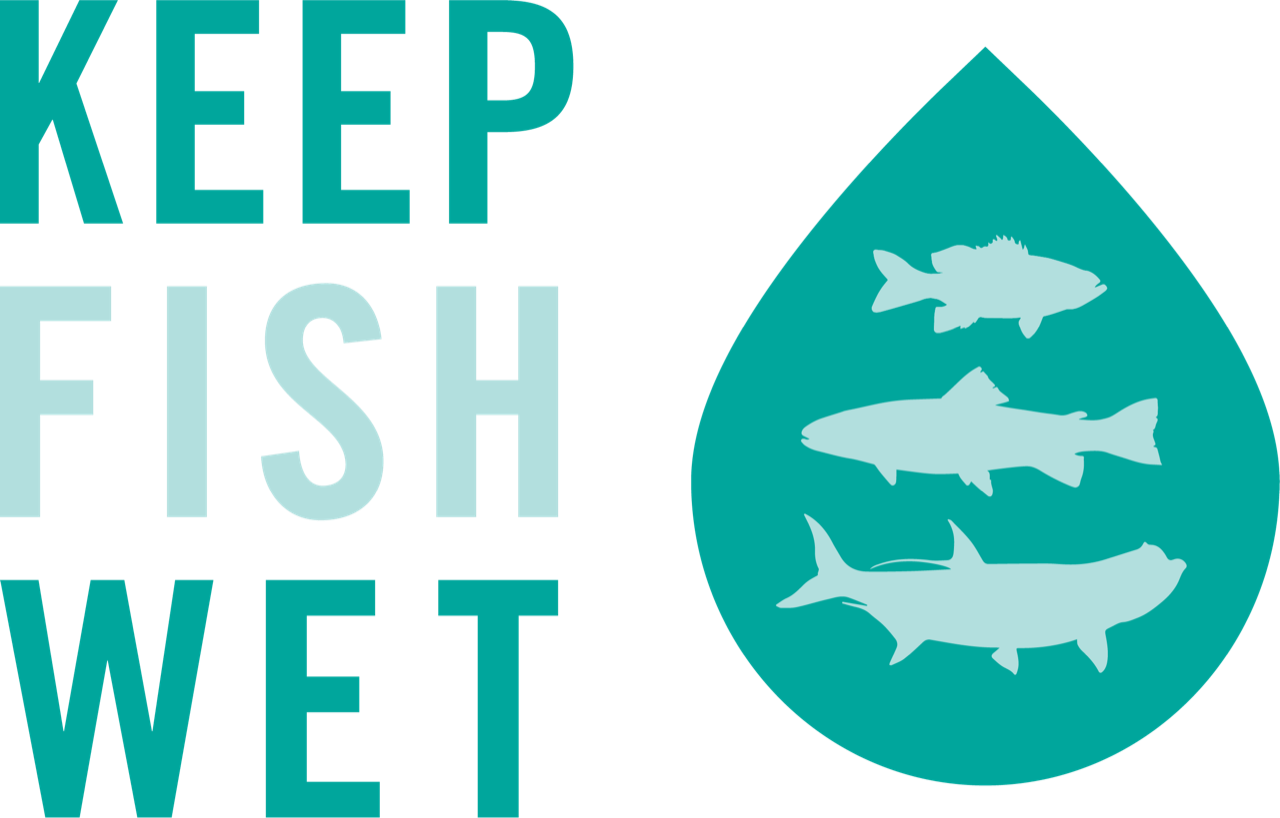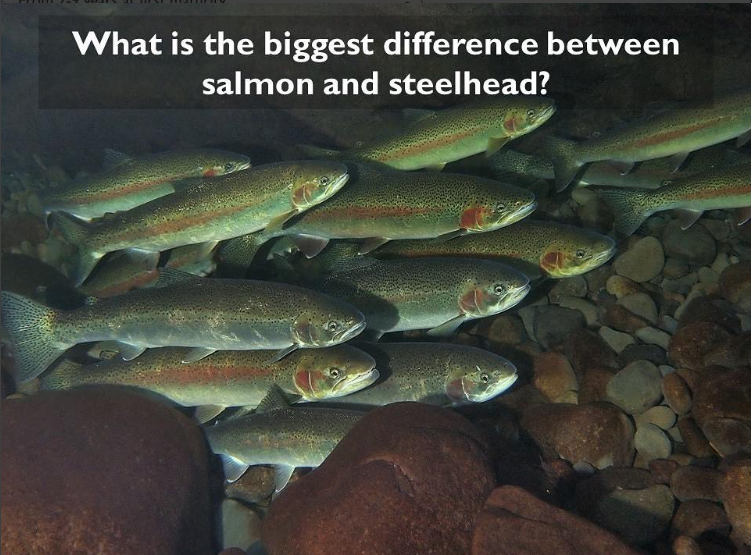No better way to start the new year than with a hen less than 100 yards from the ocean. And while I wish everyone a happy New Year, and some chrome this winter, I also want to raise awareness about the plight of Olympic Peninsula wild steelhead.
By Keepemwet Fishing Science Ambassador John R McMillan
Populations of wild steelhead are in long-term decline in the Hoh, Queets and Quinalt. In fact, since 1980 (when they started collecting data on annual run sizes) populations of wild steelhead have declined by 33% in the Hoh and 48% in the Queets. The Quillayute system has fared a bit better, but it too has been in decline since the mid-90’s and it has experienced some of the smallest runs on record in recent years. In fact, just a couple years ago the Bogachiel escaped only 733 wild steelhead. That’s it, 733 fish. Last year was the smallest run size on record in the Queets, and the Hoh River steelhead have met the escapement goal less than 50% of the time in the past 15 years. That bad news: it looks like the trend will continue this winter. Managers estimate the run size will be only 7800 steelhead in the Quillayute, which includes the Bogachiel, Sol Duc, Calawah and Dickey Rivers. The forecast for the Hoh is a paltry 3,000 fish. Of further concern, ocean conditions don’t appear to be getting better in the next year or two, in fact, they may get even worse. During these poor return years it is incumbent upon anglers to play their part in conserving the fish. We, as anglers, are no longer harvesting wild steelhead in these streams. But, we are catching them, and catching them quite often. Data from 2014 in the Hoh indicates on average, every fish that escaped the tribal fishery was caught 1.44 times. And that is an underestimate, and does not include fish that were hooked and lost. Similar results were found in the Sol Duc. We don’t know what such high encounter rates do to wild steelhead. All I know is I love these fish. I love snorkeling with them. I love fishing for them. So, this year, my New Year’s resolution is to fish a bit less to give them a break, and make up some of that experience with snorkeling. It isn’t easy, but its better for the fish.
John McMillan is the Science Director for Trout Unlimited's Wild Steelhead Initiative
Explore more of John's work here.















